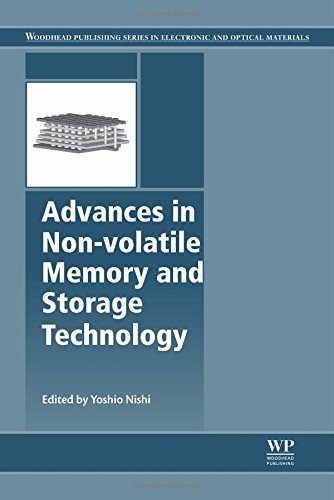

Most ebook files are in PDF format, so you can easily read them using various software such as Foxit Reader or directly on the Google Chrome browser.
Some ebook files are released by publishers in other formats such as .awz, .mobi, .epub, .fb2, etc. You may need to install specific software to read these formats on mobile/PC, such as Calibre.
Please read the tutorial at this link: https://ebookbell.com/faq
We offer FREE conversion to the popular formats you request; however, this may take some time. Therefore, right after payment, please email us, and we will try to provide the service as quickly as possible.
For some exceptional file formats or broken links (if any), please refrain from opening any disputes. Instead, email us first, and we will try to assist within a maximum of 6 hours.
EbookBell Team

4.7
36 reviewsNew solutions are needed for future scaling down of nonvolatile memory. Advances in Non-volatile Memory and Storage Technology provides an overview of developing technologies and explores their strengths and weaknesses.
After an overview of the current market, part one introduces improvements in flash technologies, including developments in 3D NAND flash technologies and flash memory for ultra-high density storage devices. Part two looks at the advantages of designing phase change memory and resistive random access memory technologies. It looks in particular at the fabrication, properties, and performance of nanowire phase change memory technologies. Later chapters also consider modeling of both metal oxide and resistive random access memory switching mechanisms, as well as conductive bridge random access memory technologies. Finally, part three looks to the future of alternative technologies. The areas covered include molecular, polymer, and hybrid organic memory devices, and a variety of random access memory devices such as nano-electromechanical, ferroelectric, and spin-transfer-torque magnetoresistive devices.
Advances in Non-volatile Memory and Storage Technology is a key resource for postgraduate students and academic researchers in physics, materials science, and electrical engineering. It is a valuable tool for research and development managers concerned with electronics, semiconductors, nanotechnology, solid-state memories, magnetic materials, organic materials, and portable electronic devices.